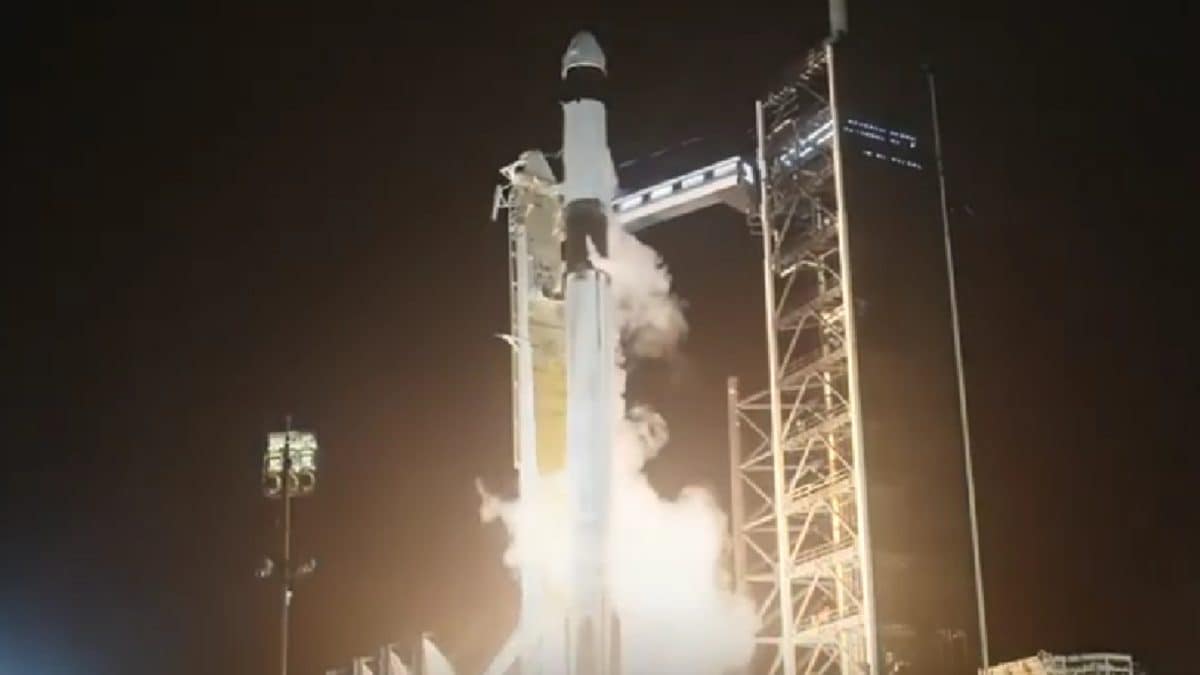Last Updated:June 25, 2025, 07:24 IST
The assessment, compiled by the Defense Intelligence Agency (DIA) — the Pentagon’s intelligence division — is based on battle damage reports from US Central Command

US President Donald Trump shared the news on his social media platform Truth Social on June 24. (Image: Reuters/File)
US President Donald Trump lashed out at media reports questioning the effectiveness of the US airstrikes on Iran’s nuclear facilities, calling them “fake news" and insisting, “CNN, together with the failing New York Times, have teamed up in an attempt to demean one of the most successful military strikes in history. The nuclear sites in Iran are completely destroyed!"
His comments came in response to a CNN report, which cited a classified Defense Intelligence Agency (DIA) assessment suggesting that the strikes only set Iran’s nuclear program back by a few months, rather than destroying it.
The report, based on battle damage assessments from US Central Command, claimed that Iran’s enriched uranium stockpile remained untouched and its centrifuges were largely intact, directly contradicting Trump’s and Defense Secretary Pete Hegseth’s public assertions that the programme had been “obliterated."
The White House acknowledged the existence of the assessment but dismissed its conclusions. White House Press Secretary Karoline Leavitt told CNN in a statement, “This alleged assessment is flat-out wrong and was classified as ‘top secret’ but was still leaked to CNN by an anonymous, low-level loser in the intelligence community. The leaking of this alleged assessment is a clear attempt to demean President Trump and discredit the brave fighter pilots who conducted a perfectly executed mission to obliterate Iran’s nuclear program. Everyone knows what happens when you drop fourteen 30,000-pound bombs perfectly on their targets: total obliteration."
The CNN report noted that the strikes primarily caused severe damage to aboveground structures, including power systems and facilities used for processing uranium into metal for weapons production. The underground components — particularly those at Fordow, Natanz, and Isfahan — remained operational to some degree.
CNN further reported that the US intelligence community continues to collect information from within Iran to assess the full impact. However, it is too early to know how the DIA’s assessment aligns with evaluations from other US intelligence agencies. The report also noted that prior to the US strikes, Israel had been conducting strikes for several days but required the US’ 30,000-pound bunker buster bombs to target deeply buried facilities. While those bombs were deployed, sources say they failed to fully destroy Iran’s centrifuges and uranium stockpiles.

Covering day-to-day national and international news for the last nine years across print and digital. Associated with News18.com as Chief Sub-Editor since 2022, covering innumerable big and small events, includ...Read More
Covering day-to-day national and international news for the last nine years across print and digital. Associated with News18.com as Chief Sub-Editor since 2022, covering innumerable big and small events, includ...
Read More
News world ‘Fake News’: Trump Slams Reports Questioning Iran Strike, Says Nuclear Sites 'Completely Destroyed’

 6 hours ago
6 hours ago















